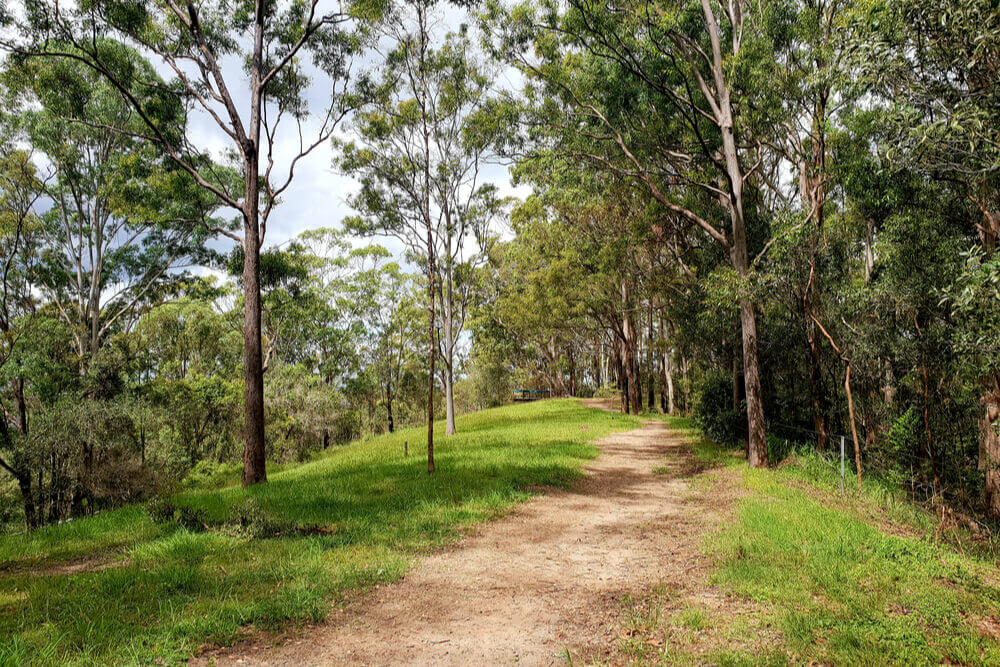
I am lucky to live in a part of Brisbane that is surrounded by national parks. On the weekend my daughter and I walked up a Mountain which is around a five minute drive from home. It was a beautiful morning and we pretty much had the forest to ourselves!
As we were walking up the trail we were chatting about holidays, friends and how things would work doing school from home over the next couple of months. We then started talking about the animals and plants we were seeing and hearing. Bellbirds, whipbirds, butterflies, ironbarks and gums. Reminders of the Australian bush everywhere.
Then we started talking about the eroded track that we were walking up and the weeds that lined each side of it. We noticed the trails that local mountain bikers had made down the mountain and the sign posts with no signs attached.
My daughter asked me why things were not being looked after – “this is our bush and we should be caring for it!” – and I think she’s right.
We started philosophising. What if one upside of this current situation was that we change how we work? What if businesses decide to dump their city offices and move to geographically spread teams working from home or across multiple smaller office spaces?
These teams use technology as touchpoints to achieve the same outcomes that they did in their office. They still meet face to face on a weekly basis – even if it may be over video calls – and they use this time to maintain connections and to keep culture alive.
What if the money that is being spent on upgrading roads and rail lines to get people into our cities was no longer required?
We talked about how much the current situation is costing the country, and how things are going to get worse before they get better. That there will be belt tightening needed by everyone. But there will come a point in the future when some semblance of normality will return to society, to our financial markets, and to government spending.
Looking deeper into the crystal ball, we may need to throw out the old demographic and transport modelling projections and start from scratch with models based on less business travel and more geographically spread work arrangements.
What if our current road, rail and airport infrastructure will be underutilised instead of above capacity at the end of this disruption?
Without the need to invest large portions of GDP to upgrade infrastructure in and around our major cities, there may be opportunities to better fund education and healthcare, to provide the infrastructure that our regional areas have been crying out for!
We could also properly fund the agencies responsible for managing our natural assets, to better manage weeds and other invasive species and to address erosion, salinisation and other issues that are damaging some of our precious outdoor recreation spaces and productive land areas.
There is still a long way to go before we come out the other side of this pandemic. However, we need to switch focus from contingency planning and being reactive to locking in new ways of thinking, living and working at some point. Once we have that sorted out, we will all feel more confident about the future. Hope will return and opportunities will present themselves.
Who knows? Perhaps the recalibration of what families, society, business and governments prioritise may lead to a significant shift in policy, where some of the things that are near and dear to us finally get the focus and funding that they deserve.
